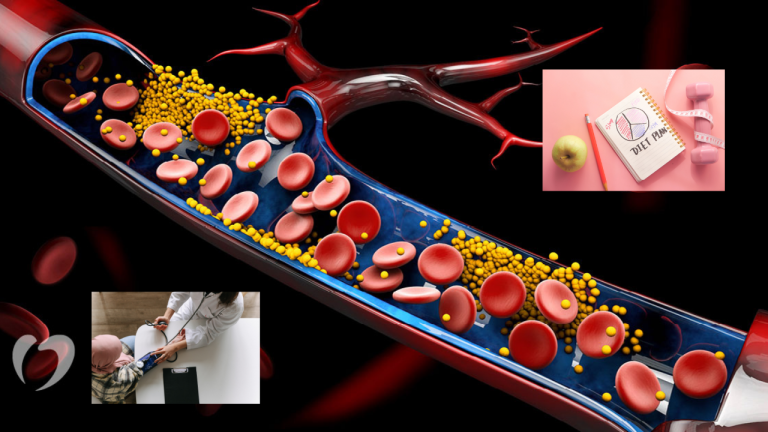What Happens to Our Blood Sugar Levels When We Eat Food

When we eat food, especially foods that contain carbohydrates, our body breaks down the carbohydrates into glucose, which is absorbed into the bloodstream and raises our blood sugar levels. In response to the increase in blood sugar, the pancreas releases insulin, which helps cells absorb the glucose from the bloodstream and use it for energy or store it for later use. This process helps regulate blood sugar levels and maintain them within a healthy range.
The amount of insulin released by the pancreas and the speed at which glucose is absorbed into the bloodstream can vary depending on several factors, such as the type and amount of food consumed, the presence of other hormones and substances in the body, and individual factors such as age, weight, and activity level.
It is important to maintain stable and healthy blood sugar levels, as sustained high blood sugar levels can lead to a number of health problems, including insulin resistance, type 2 diabetes, and cardiovascular disease. On the other hand, low blood sugar levels (hypoglycemia) can cause symptoms such as headache, fatigue, and difficulty concentrating.



